You know what to expect from the produce section of your grocery store. Green cucumbers, orange carrots, and yellow bell peppers will be waiting for your next batch of recipes. If you saw a red, round fruit covered in elongated spikes, you might pass over it without realizing the many benefits contained within its interesting exterior.
Check out how it could support your health before deciding if it’s something you’d like to try. You might be surprised to learn how the funky fruit can transform your well-being and the many ways to enjoy it.
What Is Rambutan?
Rambutan is a red fruit that comes from southeast Asia, with the majority originating in Malaysia, Thailand, and Indonesia. This juicy fruit grows on rambutan trees and comes from the Sapindaceae family. It has long spines on the outside that resemble thick hair. Once you crack inside its hard shell, you’ll find a white fruit. It can look like an oversized grape or golf ball after removing the red outer skin.
If you’d like to try the different variations of rambutan, check with the international grocery stores in your area. They’re also available online and as supplements, although eating fresh rambutan is recommended. You can try the cikoneng, sinyonya, rapiah, and binja varieties that range from red to light green.
Rambutan fruit has a distinct appearance, but people sometimes confuse it with lychee fruit. Lychees are smaller and round. Their hard red skin shares a similar shade with rambutan fruit, but you can peel it by hand. Sometimes, they also appear as “litchis” because that’s the fruit’s name in varying parts of the world.
It’s crucial to note that longan may appear on specialty store shelves alongside lychees and rambutans. It’s about the same size as a lychee fruit and round but has brown skin that stands out from the other two fruits.
{{mid-cta}}
Rambutan Nutrition Facts
Everyone knows fruits are healthy, but they have varying nutritional profiles. Rambutans contain these essential nutrients per standard 100-gram serving:1
- Carbohydrates: 33–61.5 grams
- Fats: 18.20–36.10 grams
- Protein: 2.21–2.91 grams
- Dietary Fiber: 0.61–6.5 grams
The fruit also contains vitamins and minerals such as vitamin A, folate, niacin, riboflavin, and thiamine.1 Enjoy it as a nutritious treat without worrying about your blood sugar. A recent study shows that rambutan fruit has a low glycemic index and low glycemic load.2
Rambutan vs. Lychee
Rambutan and lychee fruit often get mistaken for each other. They appear nearly identical, but lychee fruit is smaller and easier to peel. Both fruits contain similar nutritional values in starch, minerals, proteins, and fiber.3
The primary difference between these two is their effect on blood sugar. Rambutan had a low impact when tested for glycemic index and load effects, whereas lychee had a medium impact on both.2 It’s a crucial factor to remember when comparing rambutan vs. lychee.
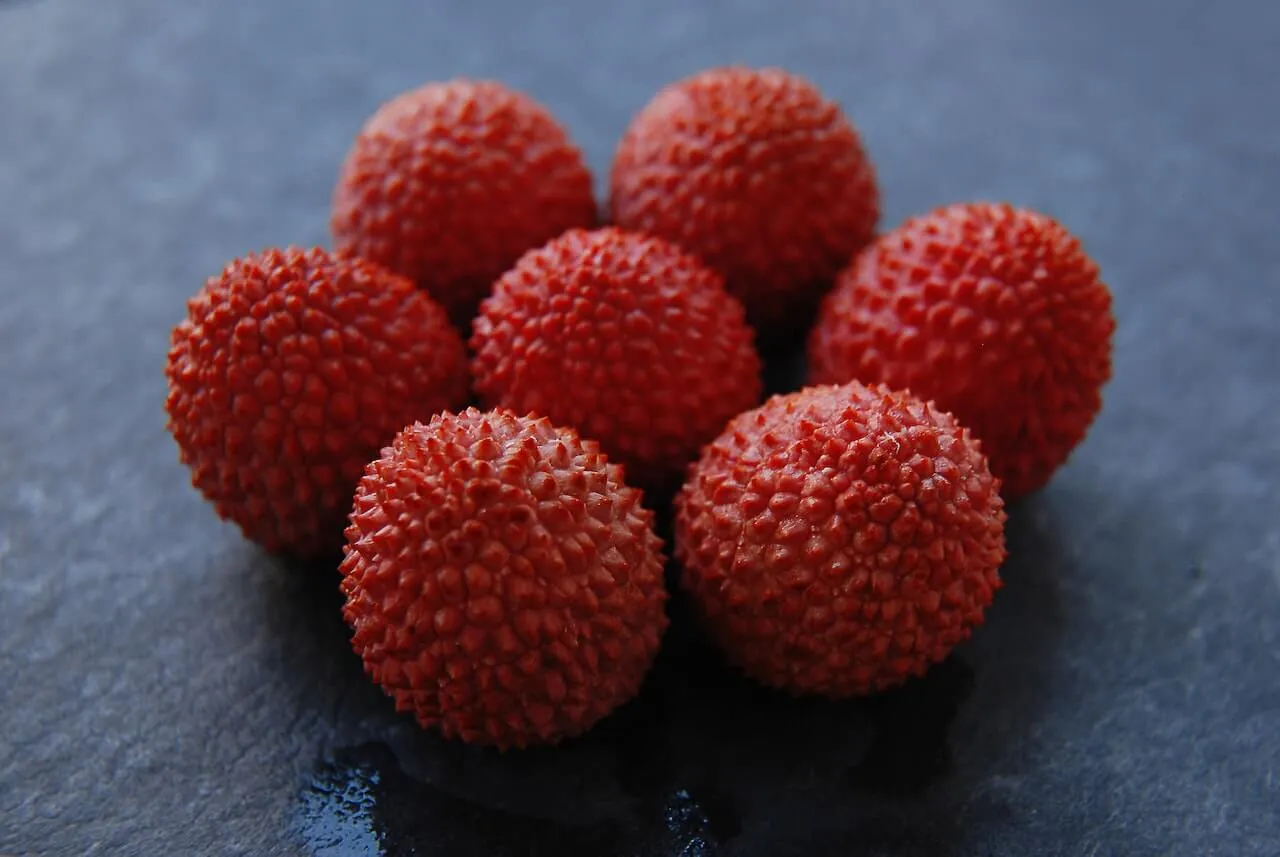
What Is the Taste of Rambutan Like?
Lychee and rambutan are both sweet with a hint of citrus acidity. They complement other fruits, maintain a robust immune system, and support your health with other nutrients throughout the spring and summer harvest months.
10 Amazing Health Benefits of Rambutan
You’ll get more than a delicious snack when you bring fresh rambutan home from the grocery store. You and your loved ones will also thrive with these health benefits of rambutan fruit.
It Reduces the Risk of Cancer
Vitamin C is an antioxidant. It eliminates free radicals in your body that could otherwise cause cancer if left in your bloodstream.4,5 If you’re more likely to develop cancer due to your genetics, eating more fruits like rambutan could help you stay cancer-free longer.
It Supports Heart Health
Reducing sodium used to be the primary way for people to limit their risk of cardiac disease, but recent research shows increasing potassium intake is more effective.6 Rambutan contains potassium, which could be an excellent dietary addition for people with heart health concerns and hypertension.
It Helps Reduce Bad Cholesterol
Low-density lipoprotein (LDL) cholesterol and high-density lipoprotein (HDL) cholesterol influence your heart health, but LDL cholesterol is more likely to predict cardiac events.7 Rambutan fruit contains flavonoids known to lower LDL cholesterol levels, ultimately reducing the odds of deteriorating heart health or heart disease.8
It Strengthens the Immune System
Vitamin C plays an important role in the immune system by strengthening white blood cells.9 Since rambutan fruit contains vitamin C, you can use it to boost your immunity during flu season.
It May Promote Weight Loss
Rambutan is suitable for weight loss goals for numerous reasons. It contains water and fiber, which will help you stay full between meals. Fiber also improves your gut microbiome,10 which supercharges your metabolism.
It Works as an Antibacterial and Antiseptic
Research shows that rambutan rinds have an antibacterial effect due to their cytotoxicity.11 Extract drawn from the peels also neutralized Staphylococcus aureus bacteria.12
The rambutan seeds and skin and aren’t safe to eat, but you can use them for non-dietary purposes to enjoy these benefits that will make your home surfaces more bacteria-free.
It Enhances Digestive Health
Fiber supports your digestive tract by retaining water while your colon moves bowel movements through. Eating fruit with fiber, like rambutan, makes you less likely to deal with constipation.
It Supports Bone Strength
Rambutan benefits also help your bones. It contains minerals like calcium, strengthening your bones while increasing their volume for individuals in growth spurts.13
It May Help Treat Anemia
Iron is one of the many minerals found in rambutan fruit. If you eat more of it, iron promotes the production of red blood cells.14 You’ll have more blood cells carrying additional oxygen through your body, reducing the low-energy symptoms of anemia.
It Favors the Healing of Wounds
The vitamin C in rambutan improves the speed at which tissue heals after injuries.15 Rambutan is a natural source of vitamin C, so it’s a good dietary addition after you get physically hurt.
Potential Side Effects of Rambutan to Consider
Although rambutan benefits your overall health, eating more than the suggested serving size of 3.5 ounces or 100 grams can create negative side effects.
Increased fiber intake could cause digestive and gastrointestinal discomfort. It may also make your stool too bulky, creating constipation that lasts longer than a day or two.
The acidic juice in rambutan fruits is fine in small amounts, but large amounts can trigger acid reflux and stomach ulcers.
This exotic fruit has a low effect on your glycemic index if eaten in small to normal portion sizes. Eating numerous fruits in one sitting will increase how much it spikes your blood sugar. It could turn into a high glycemic index food if consumed frequently in large amounts.
Additionally, some of the non-edible parts of rambutan are toxic. Avoid eating peels and seeds. Sometimes seeds are safe to eat when prepared in specific ways, but they generally contain toxins that can make you sick or cause hospitalization.16
How Many Rambutans Should You Eat in a Day?
Nutritional experts recommend eating 100 grams or 3.5 ounces of fresh rambutan in one serving, but how many rambutans equal that amount will vary.1 The small, round fruit can come in different sizes. Sometimes, three or four will equal 100 grams, but a singular rambutan could weigh up to 3.5 ounces.
Due to the fruit’s high sugar content, it’s best to stick with the recommended serving size as the daily portion. If you’d like to eat an extra rambutan, track how it affects your blood sugar. You’ll find a personalized definition of moderation that works best for your health needs.
Where to Buy and How to Store Rambutan
If you want to know where to buy fresh rambutan, research the grocery stores in your area. Specialty health stores may carry the fruit, and Asian supermarkets may carry authentic Asian groceries.
It can also be available online, but that removes the opportunity of selecting your rambutans based on each fruit’s ripeness.
Ripe rambutans are bright red (or the primary color of the variety you’re buying). Standard red rambutans are green when first growing and may retain some orange or yellow spots after turning mostly red.
When a rambutan becomes black or grows black hair, it begins to rot. You should either select a different rambutan for purchase or throw what you have at home in the garbage.
You can avoid rambutan rotting too quickly by storing them correctly. They stay fresh on the countertop for one to two days but remain ready to eat in the fridge for up to two weeks. If you remove the peels, the unprotected fruit will stay fresh for a few days in the fridge.
How to Eat Rambutan the Right Way
Ready to eat your delicious tropical fruit? Slice carefully into the fruit’s skin from top to bottom. You should be able to squeeze the inner fruit out or peel the skin off from there.
Slice the inner fruit the same way to reveal the large seed inside. A spoon will easily scoop it out, or you can pull it by hand. The remaining white flesh will be ready to eat or slice into bite-sized pieces.
4 Recipes to Incorporate Rambutan Into Your Diet
Check out these rambutan recipes to plan a few creative ways to enjoy it. They don’t require years of experience to try, either.
Rambutan and Lime Sorbet
Sorbet is the ultimate summer dessert. Collect these ingredients during your next trip to the grocery store:
- 3-4 limes
- 2-4 tsps honey, to taste
- ½ cup sugar
- 1 pound rambutans
Peel the rambutans, remove the seeds, and then put them in a blender. Squeeze each of the limes into the blender before running the machine. Once the rambutans are smooth, place the concoction in your refrigerator.
Mix the honey and sugar and warm them on the stove. The sugar will melt in a few minutes on medium heat. Blend it with the smooth rambutans before spooning it into a freezer-safe container.
Let it freeze for three hours, stirring once an hour to prevent large ice chunks. After three hours, your delicious dessert will be ready to eat. The average serving is one to two scoops.
Rambutan Salad
Anyone can make a rambutan salad as a side for their barbecue or cookout. Select your preferred fruits or the following from the grocery store:
- 1 pound blueberries
- 1 pineapple
- 1 mango
- 1 peach
- 1 pound strawberries
- 12 rambutans
Remove the skins from the pineapple, peach, rambutan, and mango. After throwing away the inner pits from the first three before slicing them into small pieces.
Wash the strawberries and blueberries in a colander. Pat them dry with paper towels and slice the leafy tops off of each strawberry.
Afterward, everything will be ready to eat. You can arrange the fruit on a decorative plate and put a container of toothpicks next to serve three or four people.
Rambutan Curry
Rambutan is good for making delicious curry. The fruit’s sweetness pairs well with curry spice. Collect these ingredients before starting to cook:
- ½ cup red curry paste
- 1 ½ cups pumpkin cubes or puree
- 1 ½ cups broccoli florets
- 6 rambutans
- 2 cups of your preferred milk
- 2 cups water
- 1 tomato
- ½ orange, red, or yellow bell pepper
- 2 tsp dried vegetable stock
- Chopped Thai basil to taste
Cut the pumpkin, broccoli, peeled rambutans, and bell pepper into small cubes. Warm the milk and water in a pot with the curry paste. When it reaches a gentle boil, cook the pumpkin for five minutes before adding the other cubed ingredients for another five minutes.
Add the final ingredients and simmer until all the cubed ingredients are soft. You’ll have four servings ready for plates of white rice or bread.
Rambutan Syrup
Anyone who wants to learn how to eat rambutan can start with syrup. It’s an excellent sweetener for cold and hot beverages or as a topping on pastries.
Bring this list of ingredients to your grocery store to try this recipe:
- 12 rambutans
- ½ cup of sugar
- ¾ cup of water
Add the water and sugar to a pan and warm them on medium heat. Once the sugar dissolves, add the peeled and chopped rambutans and boil them. After it boils, simmer the mixture for 15 minutes while stirring occasionally.
When your timer goes off, let the mixture cool on an unused burner for one hour. Once it steeps, you can strain it into a jar and keep it in your fridge. Use 1–2 teaspoons in beverages or to taste.
Other Ways to Eat Rambutan
There are many other ways to add rambutan to your daily diet. See if any of these ideas inspire you.
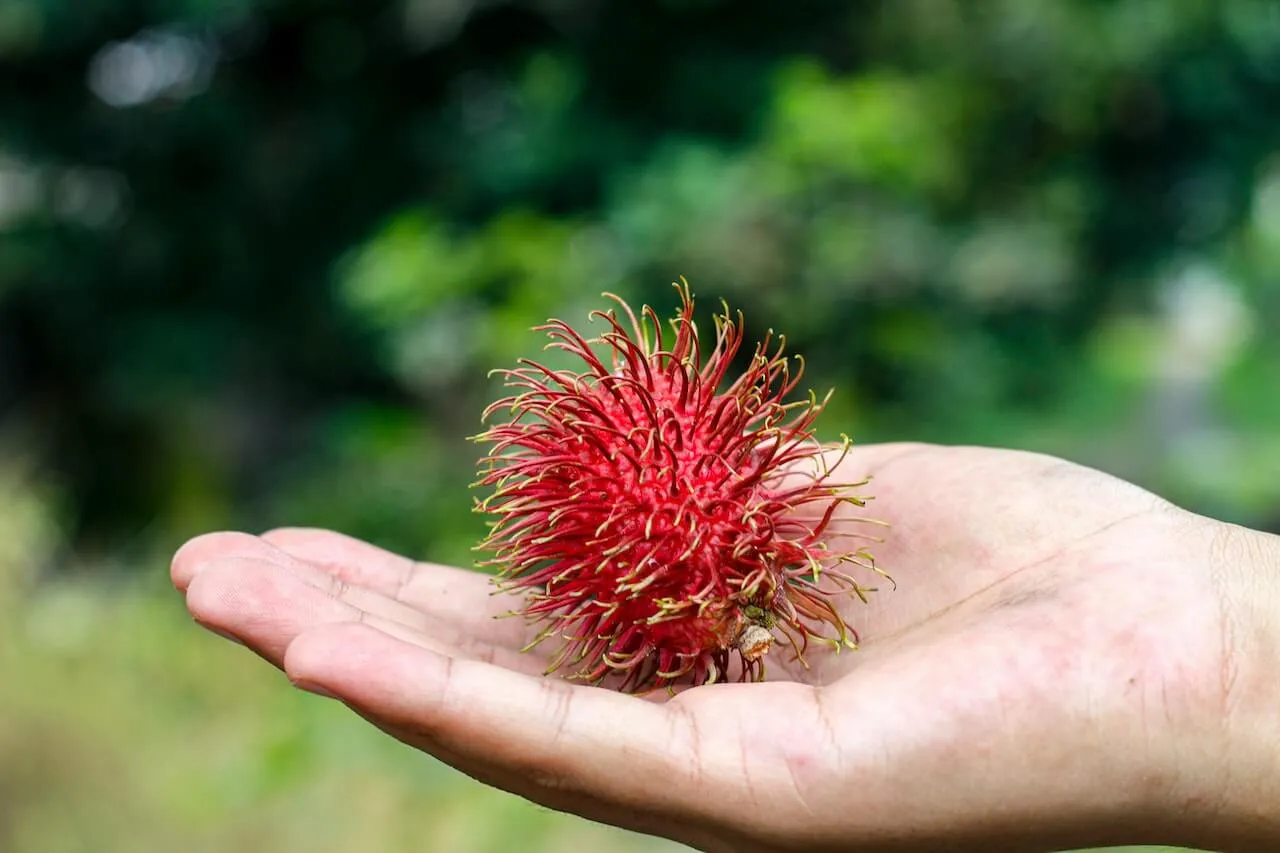
Use Rambutan in a Smoothie
You can always throw the skin and seed in a blender when you remove the skin and seed from a rambutan fruit. They’re excellent additions to fruit smoothies.
Make a Fruit Salad
Follow the recipe above to make a healthy fruit salad. You’ll get all the rambutan benefits from its nutrients while savoring your other favorite fruits.
Add It to Ice Cream
After you learn to store rambutan, you can keep it sliced in your fridge for desserts. Scoop your favorite ice cream into a bowl and add diced rambutan for a fruity, delicious treat.
Try It in a Sorbet
You can also make the sorbet recipe above to get the many rambutan health benefits.
Freeze Rambutans to Add to Cocktails
The best rambutan recipes are sometimes the simplest ones. Freeze diced rambutans on a baking tray until they’re solid. It keeps them from freezing into a large mass.
When ready for a hard beverage, you can put a few in a cocktail glass. They won’t melt or dilute your drink like ice. Instead, they’ll add a continual tart sweetness to your drink’s flavor profile.
Try Making Rambutan Jam
If you asked someone how to eat rambutan, they might recommend making jam. Numerous simple recipes are available online and only require jars, a funnel, a thermometer, and methylated spirits.
Use as a Spice Balancer for Curries
Tropical fruit provides an excellent balance for spicy curries. You can also try various recipes and slowly reduce how many rambutans you add to improve your renaissance to spice.
Create Rambutan Preserves
Preserves are great for spreading on bread or marinating meats. Transform your rambutans into a jar of preserves to maximize their use in your favorite standard recipes.
FAQs Around Rambutan
Read some of the most commonly asked questions to prepare for your adventure into the many rambutan possibilities for your diet.
Is Rambutan a Superfood?
Superfoods are fruits, veggies, or other healthy foods with minimal to no processed ingredients. They also have to contain numerous nutrients and vitamins. Since rambutan benefits your health in numerous ways due to its nutrient profile, rambutan is a superfood.
Is Rambutan High in Sugar?
Sometimes, people think rambutan is high in sugar, but it’s a low-sugar fruit. Lychees are much higher in sugar and look similar to rambutans, confusing their sugar content.
Is It Good to Eat Rambutan Every Day?
Once you know how to store rambutan in your fridge without peeling it, you can eat a few on a daily basis. You’ll gain all the rambutan health benefits if you know how they impact your unique blood sugar sensitivity. If one rambutan doesn’t cause a major spike, you can enjoy it in your daily diet as a healthy snack or meal ingredient.
Using a CGM with Signos: Real-Time Data, Backed by AI
Signos pairs a real-time glucose biosensor with AI trained on tens of millions of data points to deliver personalized, science-backed guidance for weight management and health. See exactly how your body responds, and take action.
Learn how it works. Ready to get started? Join now.
Topics discussed in this article:
References
Afzaal, M. (2023, April 19). Nutritional, Pharmaceutical, and Functional Aspects of Rambutan in Industrial Perspective: An Updated Review. Wiley Online Library. https://onlinelibrary.wiley.com/doi/full/10.1002/fsn3.3379
2. Kamchansuppasin, A. (2021, August). Glycaemic Index and Glycaemic Load of Commonly Consumed Thai Fruits. EBSCO Information Services. https://web.s.ebscohost.com/abstract?direct=true&profile=ehost&scope=site&authtype=crawler&jrnl=15423980&AN=152390016&h=%2FjnE4TOiZ3o%2FRPKBybp5JqhVx3IdcNzt%2FUkv%2B8Y8KeplqrAeX0hviPKO7h2%2F8Bzis46MrEI3kcwA4I1Og5DD4g%3D%3D&crl=c&resultNs=AdminWebAuth&resultLocal=ErrCrlNotAuth&crlhashurl=login.aspx%3Fdirect%3Dtrue%26profile%3Dehost%26scope%3Dsite%26authtype%3Dcrawler%26jrnl%3D15423980%26AN%3D152390016
3. Hsu, C. P. (2021, February). Litchi (Litchi Chinenis) Seed: Nutritional Profile, Bioactivities, and Its Industrial Applications. Trends in Food Science & Technology. https://www.sciencedirect.com/science/article/abs/pii/S0924224420307160
4. Gharu, C. P. (2022). Defense Mechanism of Natural Antioxidants Against Free Radicals. Central Asian Journal of Medical and Natural Science. https://cajmns.centralasianstudies.org/index.php/CAJMNS/article/view/1064
5. Sadiq, I. Z. (2023). Free Radicals and Oxidative Stress: Signaling Mechanisms, Redox Basis for Human Diseases, and Cell Cycle Regulation. Ingenta Connect. https://www.ingentaconnect.com/content/ben/cmm/2023/00000023/00000001/art00003
6. Wouda, R. (2022, July 21). Women Urged To Eat Potassium-Rich Foods To Improve Their Heart Health. ScienceDaily. https://www.sciencedaily.com/releases/2022/07/220721204852.htm
7. Gao, P., Wen, X., Ou, Q., & Zhang, J. (2022, July 17). Which One of Ldl-C /Hdl-C Ratio and Non-Hdl-C Can Better Predict the Severity of Coronary Artery Disease in Stemi Patients - BMC Cardiovascular Disorders. BioMed Central. https://bmccardiovascdisord.biomedcentral.com/articles/10.1186/s12872-022-02760-0
8. Gouveia, H. J. C. B., Urquiza-Martínez, M. V., & Guzmán-Quevedo, O. (2022, July 28). Effects of the treatment with flavonoids on metabolic syndrome components in humans: A systematic review focusing on mechanisms of action. Multidisciplinary Digital Publishing Institute. https://www.mdpi.com/1422-0067/23/15/8344
9. Firouzi, S. (2022, June 25). The Effect of Vitamin C and Zn Supplementation on the Immune System and Clinical Outcomes in COVID-19 Patients. ScienceDirect. https://www.sciencedirect.com/science/article/pii/S2667268522000353
10. Iversen, K. N., Dicksved, J., Zoki, C., Fristedt, R., Pelve, E. A., Langton, M., & Landberg, R. (2022, April 17). The effects of high fiber rye, compared to refined wheat, on gut microbiota composition, plasma short chain fatty acids, and implications for weight loss and metabolic risk factors (the RyeWeight study). Multidisciplinary Digital Publishing Institute. https://www.mdpi.com/2072-6643/14/8/1669
11. Jantapaso, H. (2022, May 11). Phytochemical Composition and Bioactivities of Aqueous Extract of Rambutan (Nephelium lappaceum L. cv. Rong Rian) Peel. National Library of Medicine. https://www.ncbi.nlm.nih.gov/pmc/articles/PMC9137458/
12. Herdianty, J., Putri, L. A. M., & Wijayanto, A. (2022, October 28). Antibacterial Test of Liquid Soap Preparations Rambutan Peel Extract (Nephelium lappaceum Linn) the Growth of Staphylococcus Aureus. Strada Journal of Pharmacy. https://thesjp.org/index.php/SJP/article/view/66
13. Friedman, M. A., & Kohn, D. H. (2022, August 26). Calcium and Phosphorus Supplemented Diet Increases Bone Volume After Thirty Days of High Speed Treadmill Exercise in Adult Mice. Nature News. https://www.nature.com/articles/s41598-022-19016-8
14. Kumar, S. B., Arnipalli, S. R., Mehta, P., Carrau, S., & Ziouzenkova, O. (2022, July 20). Iron Deficiency Anemia: Efficacy and Limitations of Nutritional and Comprehensive Mitigation Strategies. Multidisciplinary Digital Publishing Institute. https://www.mdpi.com/2072-6643/14/14/2976
15. Bechara, N., Flood, V. M., & Gunton, J. E. (2022, August 19). A Systematic Review on the Role of Vitamin C in Tissue Healing. Multidisciplinary Digital Publishing Institute. https://www.mdpi.com/2076-3921/11/8/1605
16. Person, Leo M. L., J., & Nollet, A. (2022, December 2). Naturally Occurring Food Toxins - An Overview. Taylor & Francis. https://www.taylorfrancis.com/chapters/edit/10.1201/9781003222194-2/naturally-occurring-food-toxins-overview-leo-nollet-javed-ahmad


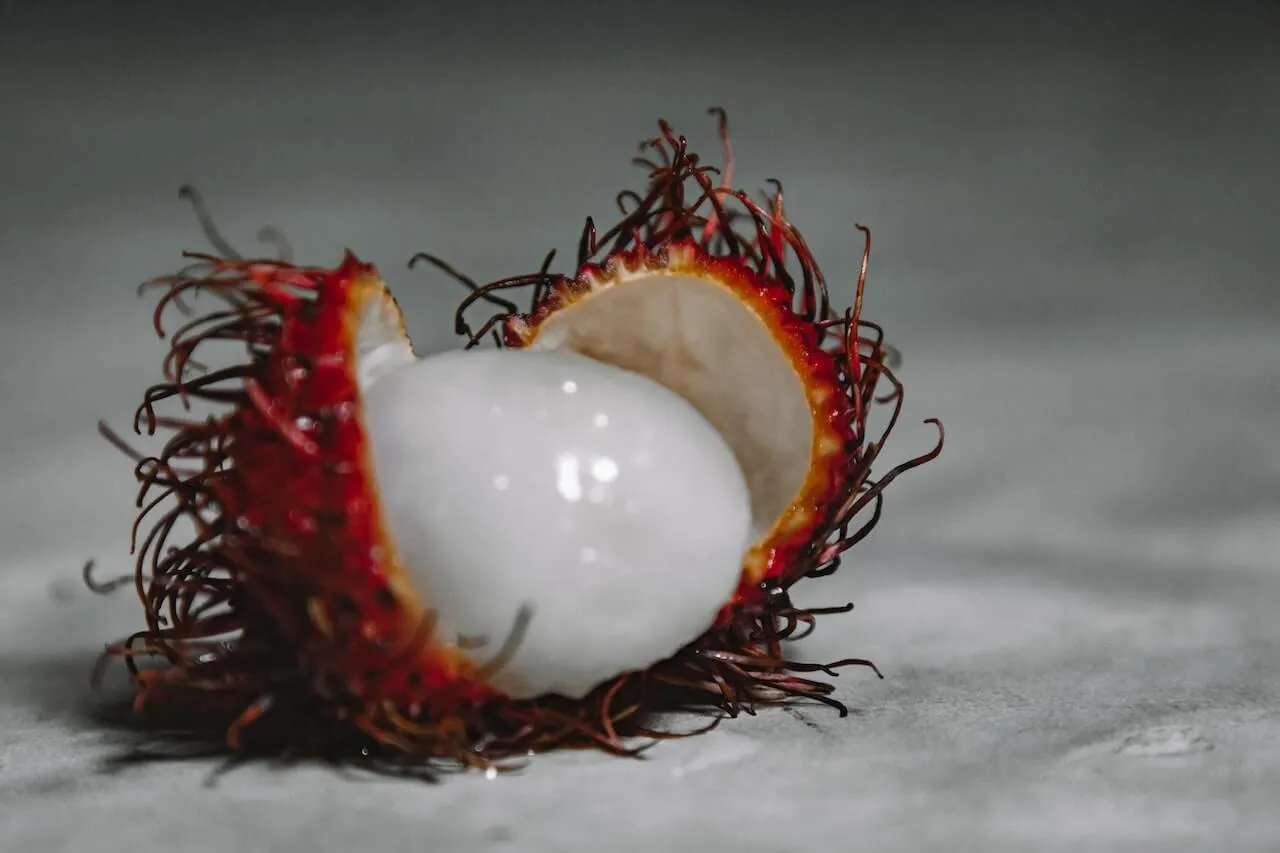

.svg)
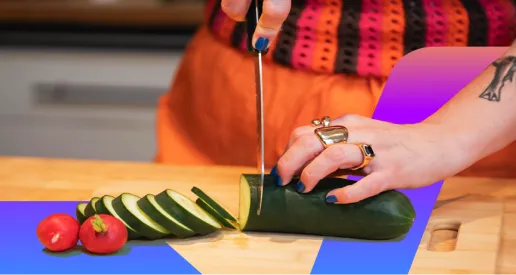

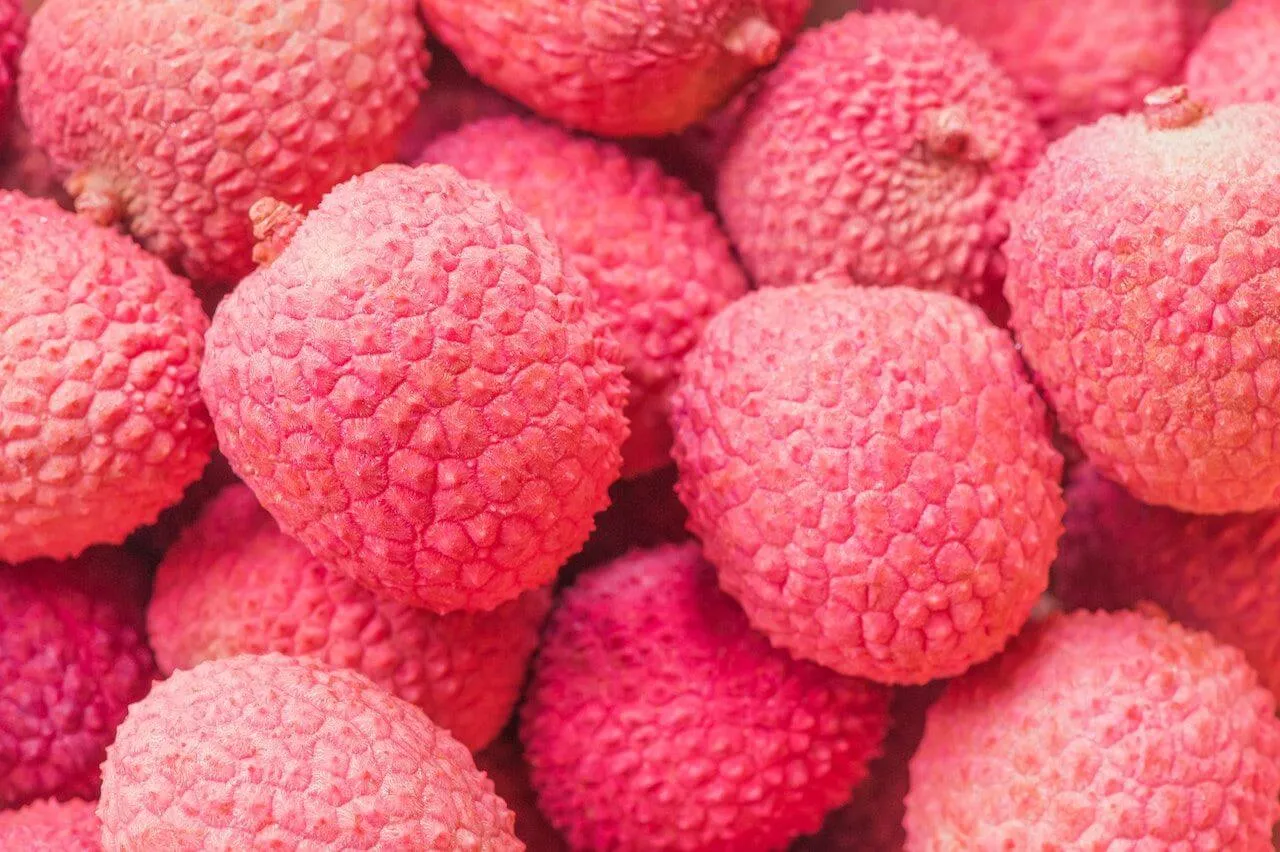






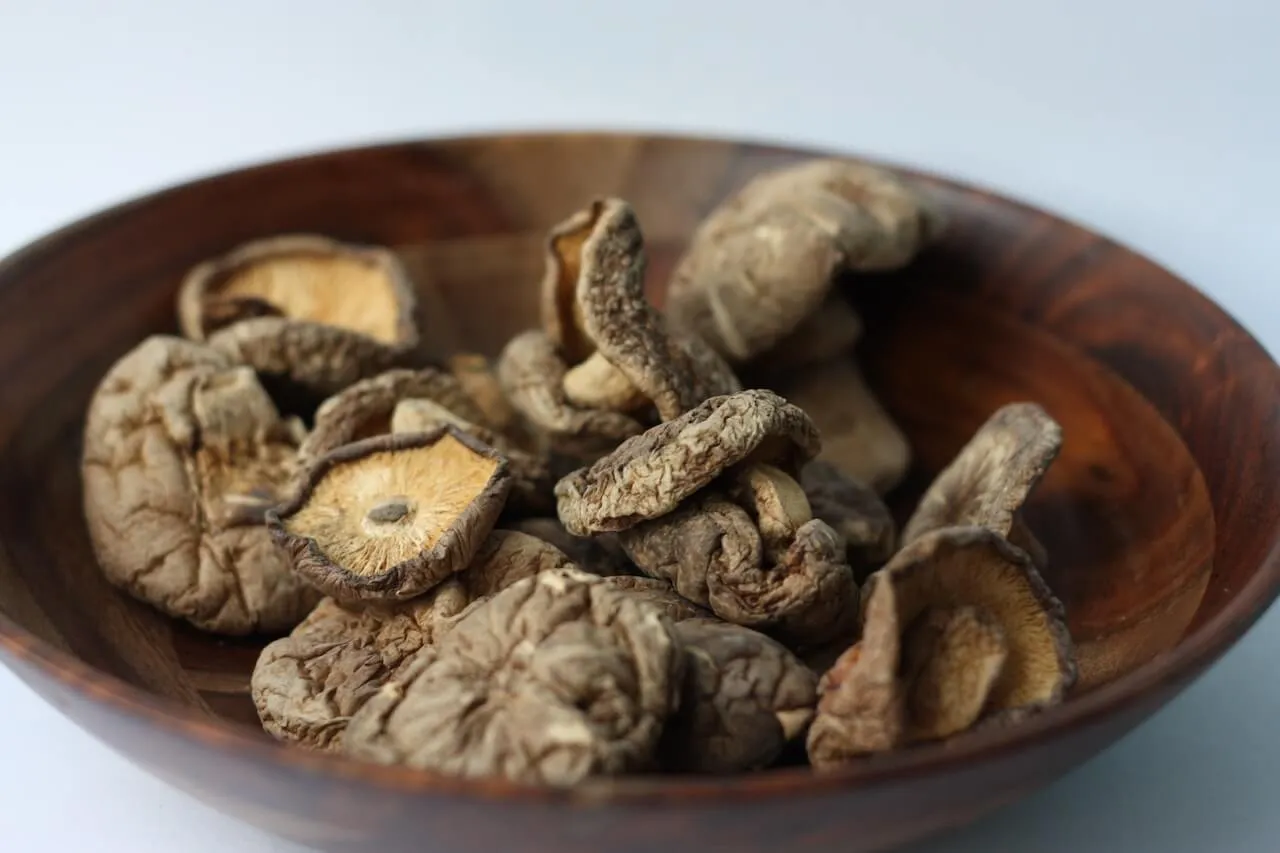
.svg)
.svg)
.svg)
.svg)
.svg)
.svg)
.svg)
